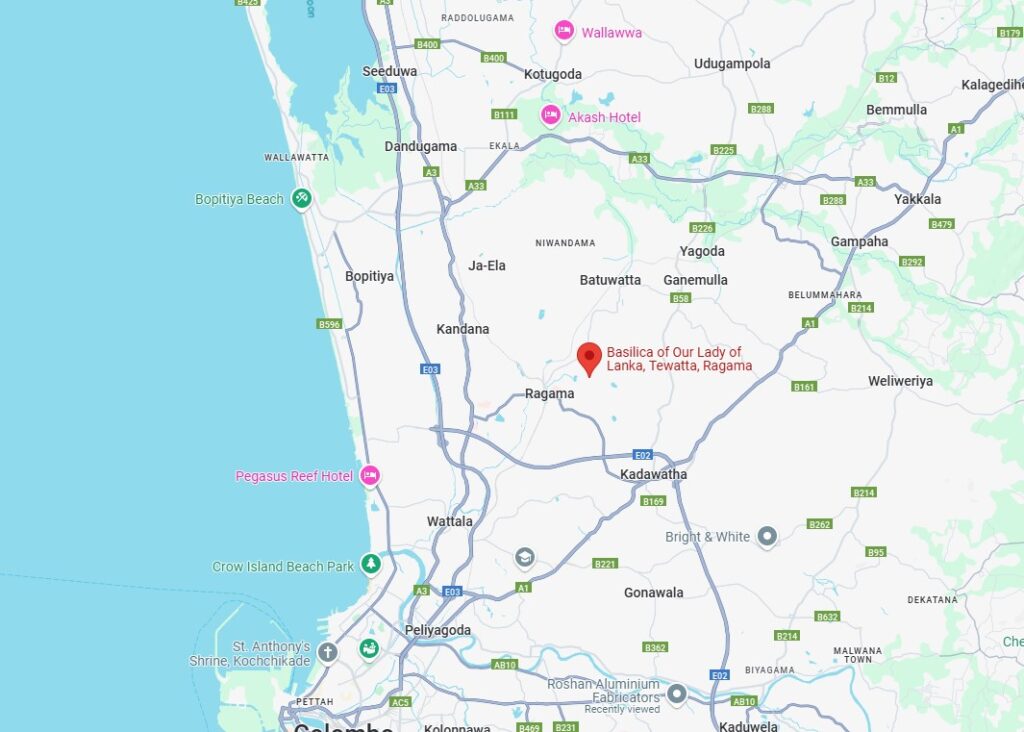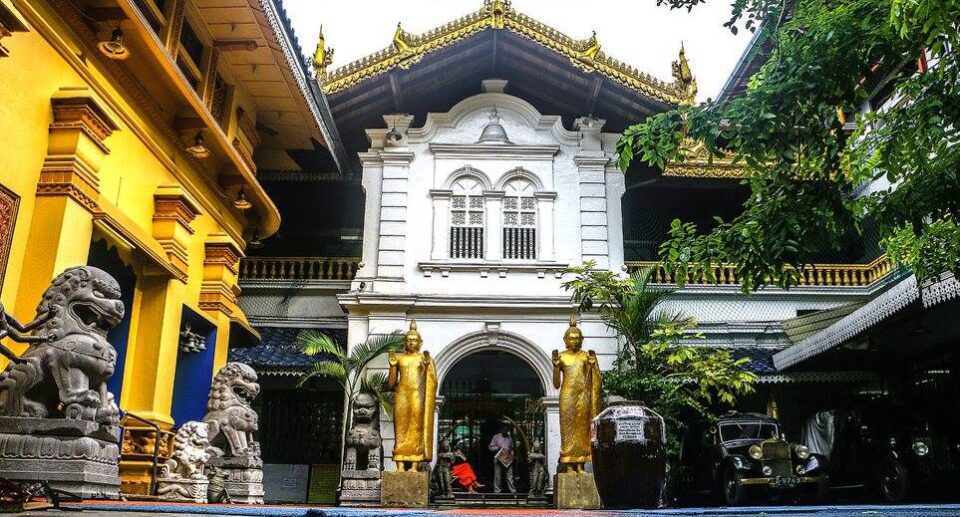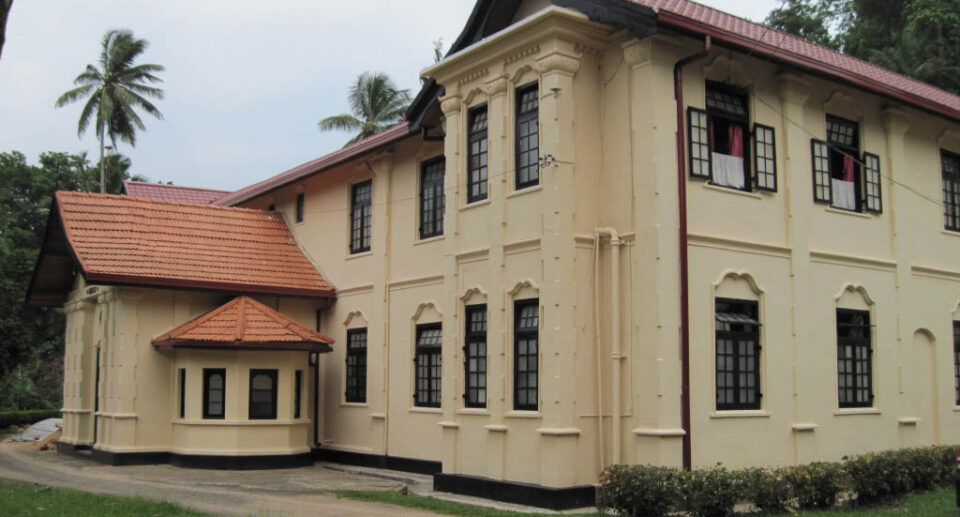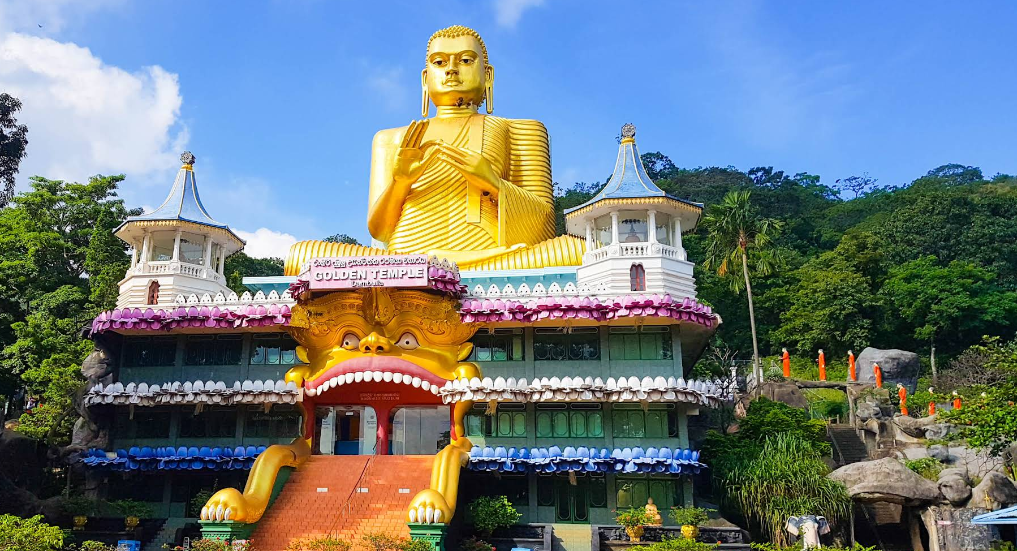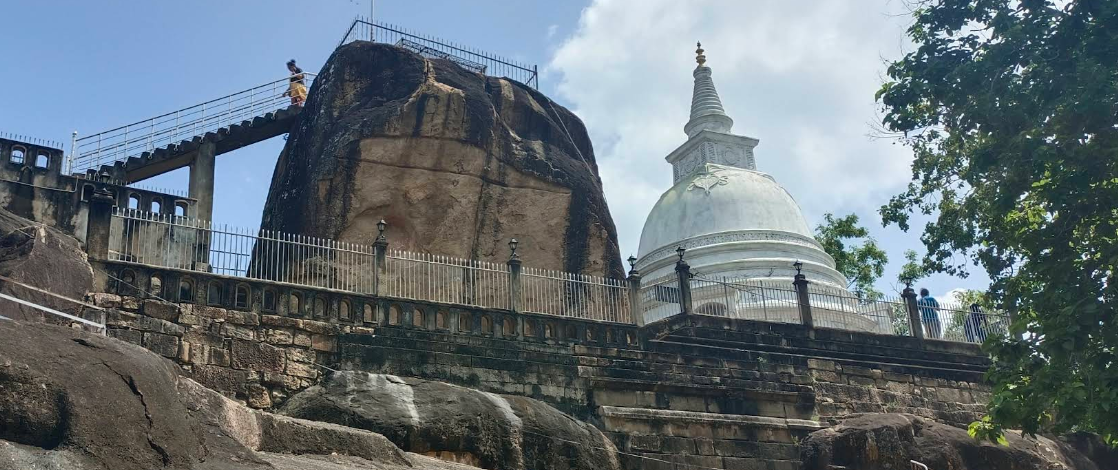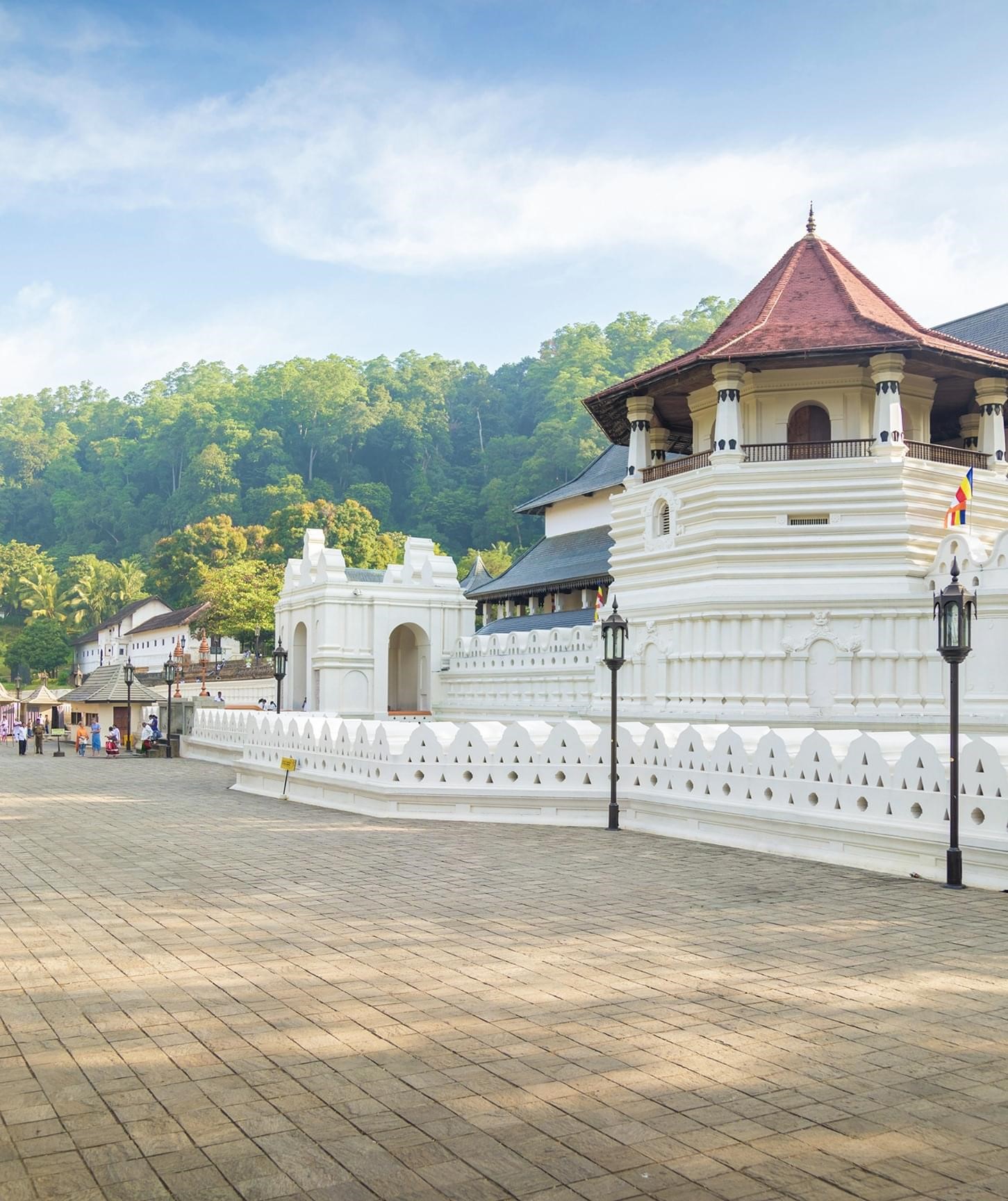Basilica of Our Lady of Lanka: Tewatte Church, Ragama
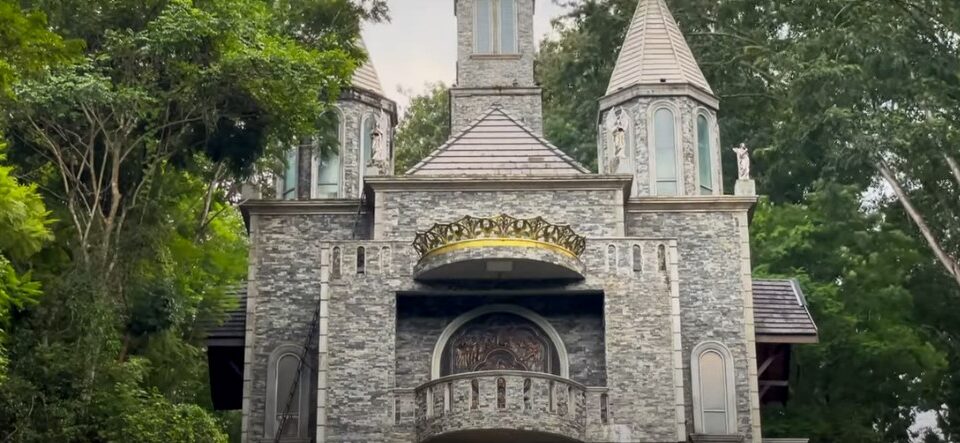
A Pillar of Faith and Harmony in Sri Lanka
Located in the serene suburb of Ragama, a short distance from Colombo, Tewatta Church, also known as the Basilica of Our Lady of Lanka, is a pillar of hope, faith, and national harmony in Sri Lanka. As the national basilica of the Roman Catholic Church of Sri Lanka, it is both culturally and religiously important. More than just a place of worship, though, the basilica is Sri Lanka’s heritage, the resolve of her people, and the global acceptance of Marian devotion.
Origins and Historical Background
Tewatta Church’s early history traces back to 1911, when a humble chapel in memory of Our Lady of Lourdes was ordered by a French missionary, Fr. A. Kieger, with some local Catholics making a contribution towards its upkeep. The use of the chapel grew very rapidly, especially after Fr. A. Collorec built a grotto in 1917 on the model of the famous Lourdes grotto in France. Pilgrims from all over the island, both Christians and non-Christians, began to go to the site, attributing miraculous cures and blessings to the intervention of the Blessed Virgin Mary.
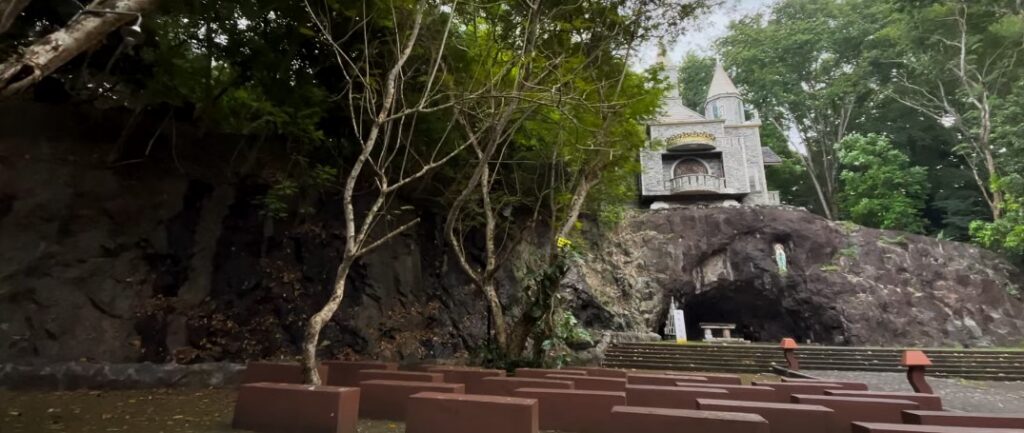
One of the most critical periods in the history of the church took place during World War II. In fear of the devastation caused by war, Archbishop Jean-Marie Masson vowed to the Blessed Virgin Mary: if Sri Lanka would not suffer damage, there would be built a national shrine in her name. Miraculously, the island avoided most of the war’s devastation. Grateful, the Archbishop followed through on his vow. On February 4, 1950, the foundation stone of the new basilica was laid on the same day that Sri Lanka gained independence.
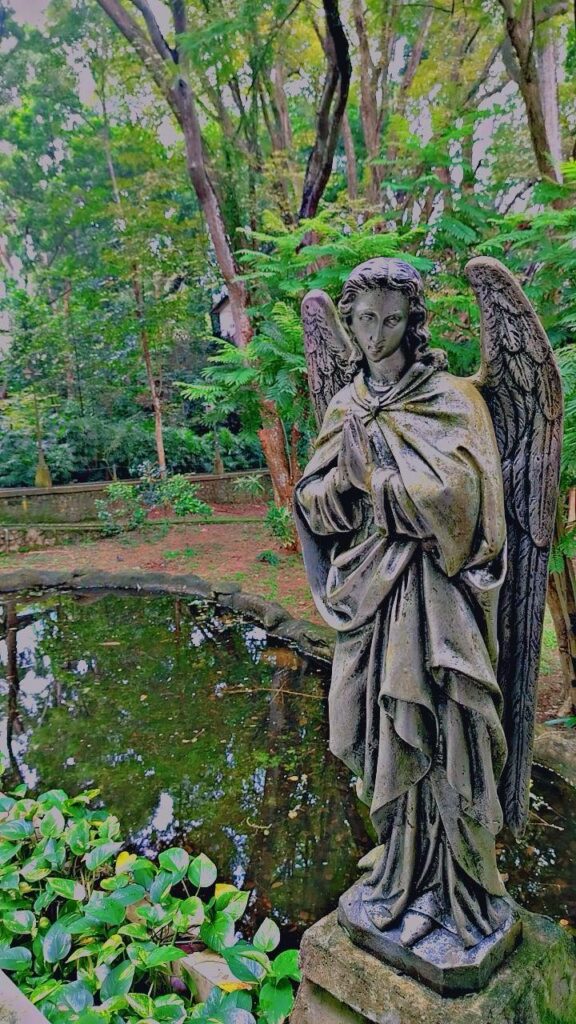
Architectural Significance
Tewatta Church is an architectural work of art, blending traditional Sri Lankan, Hindu, Buddhist, and European architectural forms. Its architecture was planned by Fr. Heras, a Spanish Jesuit priest and architect. The church was officially completed and consecrated in 1974, and the same year it was elevated to the status of Minor Basilica by Pope Paul VI, becoming Sri Lanka’s national Marian shrine.
The basilica’s most prominent architectural features are: Six Greecian pillars at the entrance, representing the six dioceses of Sri Lanka in World War II.
A gigantic dome rising in the center of the cross-shaped building, representing the heavens and religious harmony.
A bronze crucifix, done by Sri Lankan artist Leila Peiris, placed on the front facade above the main entrance.
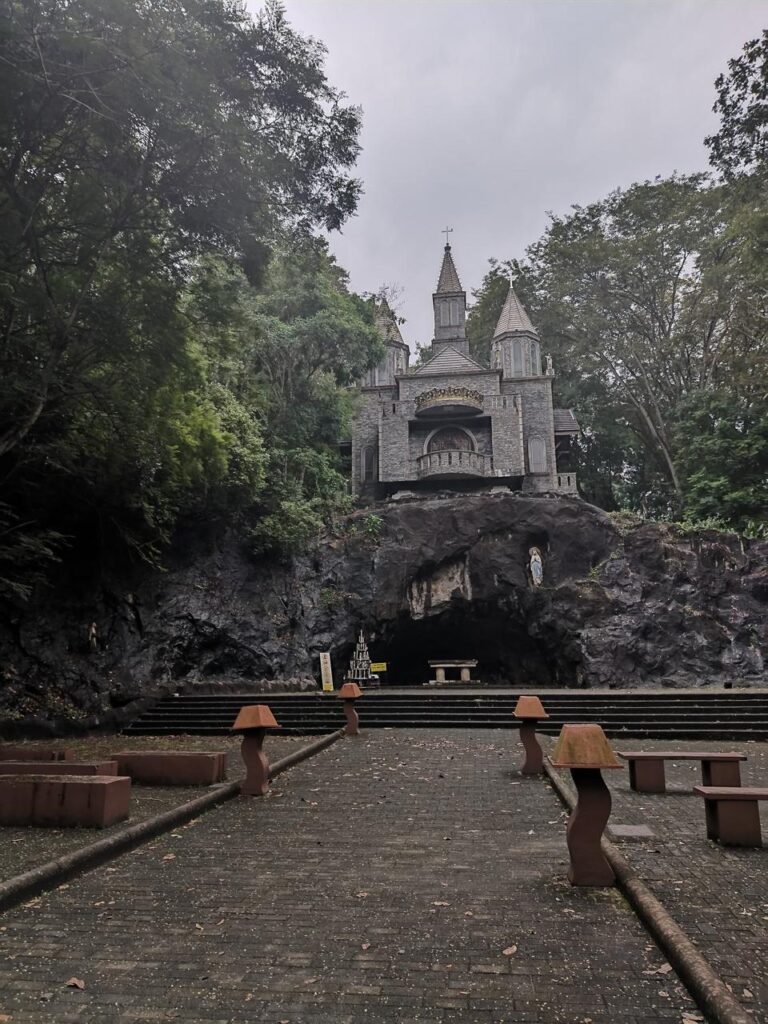
Twin bell towers in the shape of Hindu temple gopurams, representing religious harmony. An interior with murals, statues, and a blue apse that contains clouds in it, on top of which is a statue of Our Lady of Lanka seated on a snow-covered mountain.
The basilica is also circled by a tranquil garden and a grotto, on top of which pilgrims typically light candles and pray. Behind the church is a Holy Water Well which is believed to possess healing properties.
Our Lady of Lanka: A National Patroness
At the core of Tewatta Church is the figure of Our Lady of Lanka, a unique title of the Virgin Mary emphasizing her character as the island nation’s mother and protector. The Our Lady of Lanka statue, which has been imported from Fatima, Portugal, depicts her embracing child Jesus and clad in traditional attire, symbolizing her intimate association with the people of Sri Lanka.
The title was officially accepted in 1940 by Pope Pius XII, who declared Our Lady of Lanka as the Patroness of Sri Lanka. This act not only elevated the religious importance of the church but also firmied its national importance. Today, Our Lady of Lanka is a symbol of intercession, peace, and hope to millions of Sri Lankans regardless of ethnic or religious background.
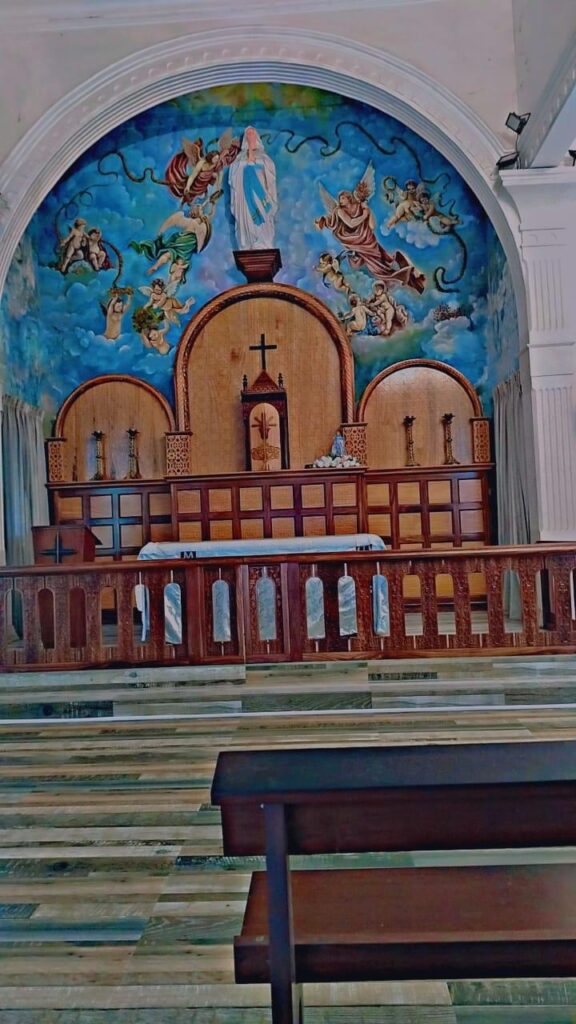

A Pilgrimage Destination
Tewatta Church is not just a national basilica but also a Pilgrim center of significant stature. Thousands of pilgrims throng the church every year, especially for the annual feast of Our Lady of Lanka on February 4th which incidentally is also Sri Lanka’s Independence Day. This convergence of religious and national identity makes the event even more significant.
Pilgrims take long distances on foot, by bus, or even bicycle to find healing, thanksgiving, and blessings. The parade of the feast day, escorted by the statue of Our Lady of Lanka, is a self-important occasion with hymns, prayers, and candlelight vigil. The sense of community and devotion here transcends religion, and it is therefore one of the most universal religious events in the country.
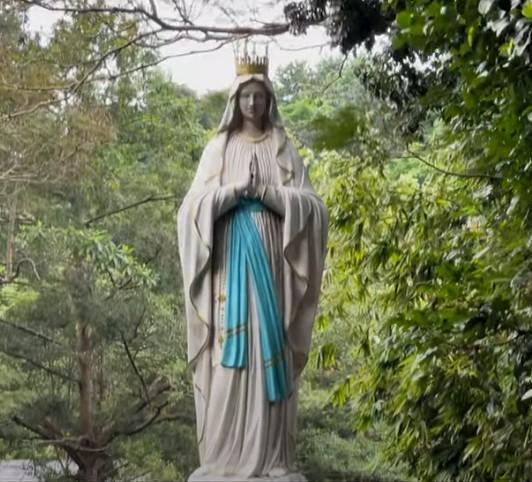
Interfaith Harmony and Social Impact
One of the most inspiring things about Tewatta Church is that it upholds interdenominational peace. Not only Catholics but Buddhists, Hindus, and Muslims also visit the basilica, worshipping Virgin Mary as an icon of kindness and peace. It is nothing unusual to watch pilgrims belonging to different denominations praying at the grotto, lighting the candles, and seeking blessings for their kin.
Apart from spirituality, the church is also actively involved in community work. It has various charitable programs, including orphanages, schools, and medical clinics, particularly for the poor and the marginalized. The basilica is also carrying out retreats, spiritual seminars, youth programs, and family counseling services, solidifying its image as an icon of moral and social progress in the region.
Basilica of Our Lady of Lanka, Tewatta, Ragama.
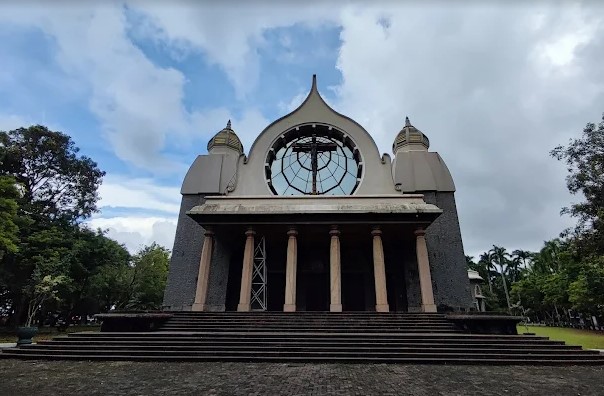
Visitor Experience and Etiquette
Tewatta Church welcomes everyone who comes to visit, tourists, history enthusiasts, and spiritually oriented travelers alike. The tranquil environment, solemn atmosphere, and open architecture of the church are the perfect setting for contemplation and meditation. They are encouraged to dress modestly and behave respectfully on site since it remains a very holy place.
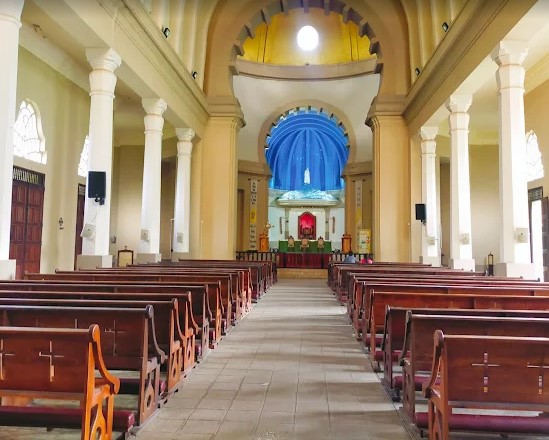
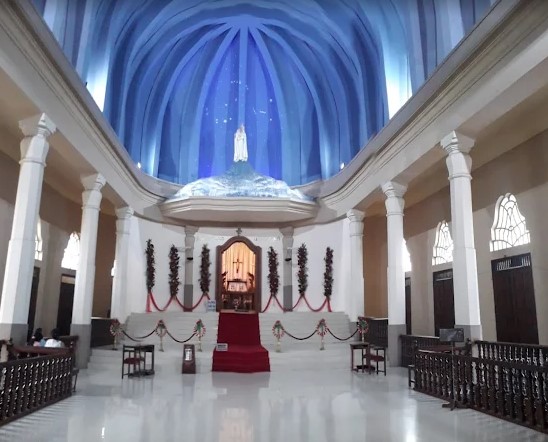
Inside the church, the Stations of the Cross, Holy Water Well, and Our Lady of Lourdes Grotto are especially popular spots for silent prayer. The grounds also feature numerous benches, pathways, and shady areas for quiet contemplation.
Tewatta Church is not just a religious landmark it’s a symbol of national gratitude, religious cohesion, and unwavering faith. With its history spanning from divine providence to human devotion, it’s a landmark of Sri Lanka’s religious heritage. In a country that is abounds with religious diversity, the Basilica of Our Lady of Lanka continues to be a common sight where people from all walks of life come together.
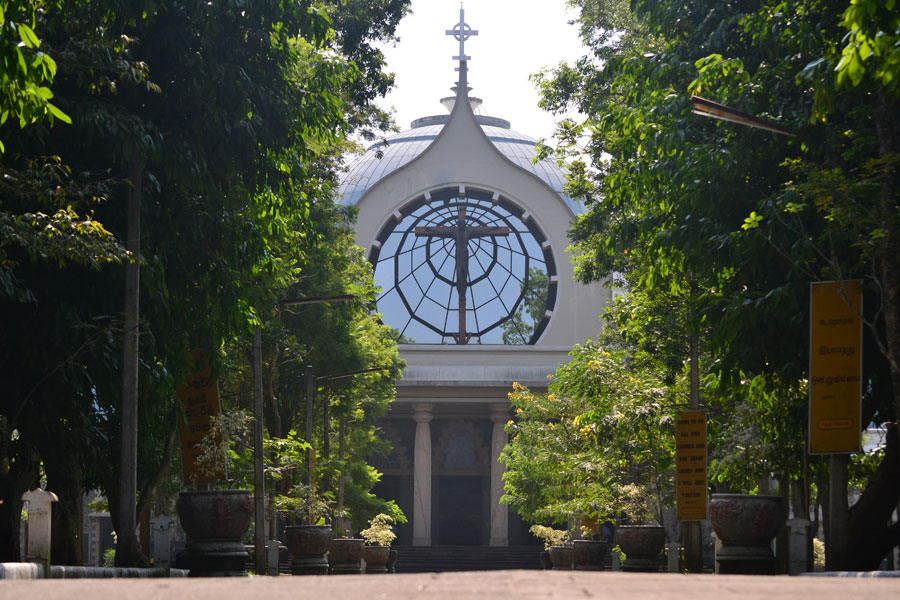
With Sri Lanka’s advancement in the 21st century, the stature of Tewatta Church grows only. It instills in the believers the power of prayer, the value of keeping promises, and the boundless grace that can emanate from oneness of diversity. As pilgrim or tourist, the experience of meeting Tewatta Church is one forever embedded in the heart.
How To Go
It’s just 18km from Colombo. Easiest way to reach is by taking a train from Pettah to Ragama.
I went by bus. I reached Kadawatha bus stand through Katunayaka highway. From Kadawatha there are two buses you can take, 325 and 327. Both buses go by the church and only costed me 28 rupees for the bus ticket.
Address: Lankamatha Rd, Ragama, Sri Lanka
Phone: 0112 958 211
Archbishop: Malcolm Ranjith
Founder(s): Jean-Marie Masson
Hours – 5AM – 6.30PM
Map of Tewatte Church
